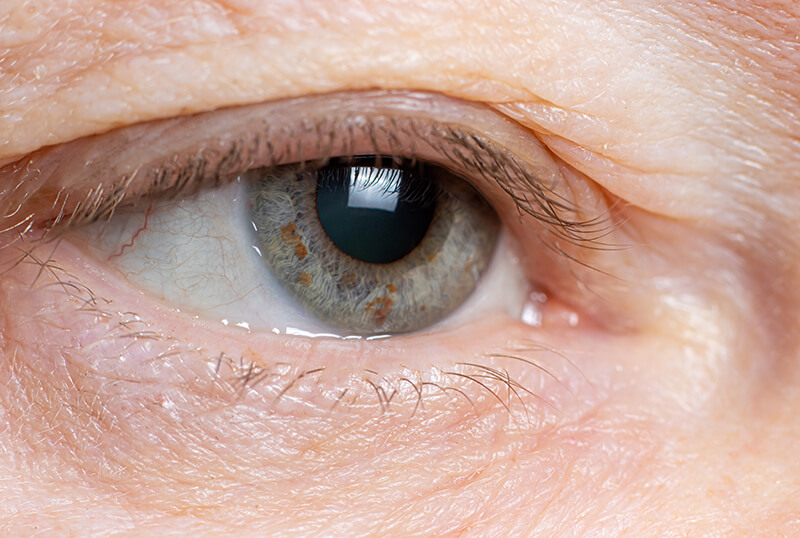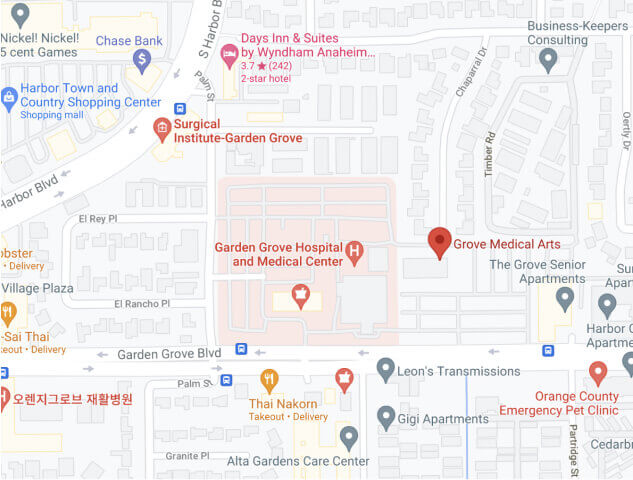Home » Cosmetic Services » Ptosis Repair
Ptosis Repair
Eyelid ptosis is when the upper eyelid descends from its normal position or drops to approach or cover the pupil. Eyelid ptosis can be congenital or acquired. Ptosis can be clinically classified a minimal (1 – 2 mm.), moderate ( 2 – 4 mm. ), or severe (4 mm. or greater).
Minimal ptosis is best corrected by procedures easily performed through the inside of the upper lid. The Mueller’s muscle conjunctival resection procedure is a precise and rapid method to elevate the upper eyelid position in minimal ptosis. In this procedure a small muscle in the upper eyelid is tightened to accurately raise the position of the eyelid.
The Fasanella-Servat procedure is another procedure to elevate the upper eyelid position. This is also performed through the inside of the upper lid. This procedure is quick, accurate and causes minimal bruising and swelling.
Moderate amounts of ptosis usually require Levator Aponeurotic advancement. This surgery is performed through the upper eyelid skin. This is usually performed under local anesthesia or with small amounts of sedation. An upper blepharoplasty can be performed through the same incision if desired.
Severe ptosis requires either maximum Levator advancement or some type of frontalis suspension. Frontalis suspension elevates the upper eyelids by suspending the lids to the eyebrows. Either Fascia Lata from the patients own tissues is utilized or suspension is performed with silicone rods which are commercially available.







